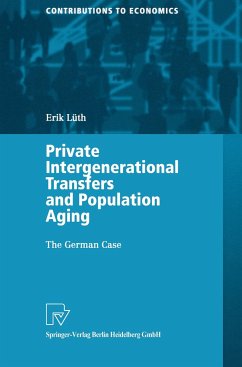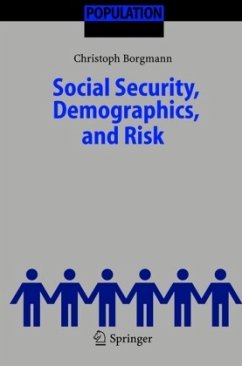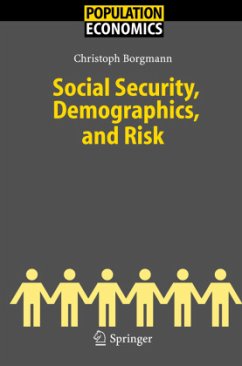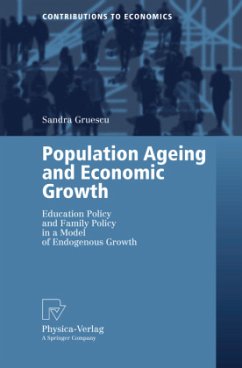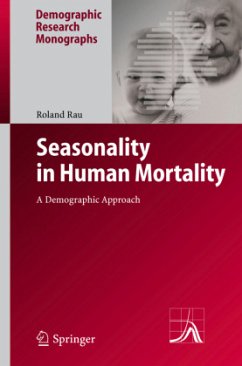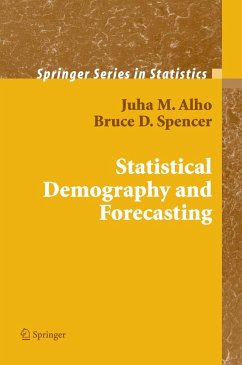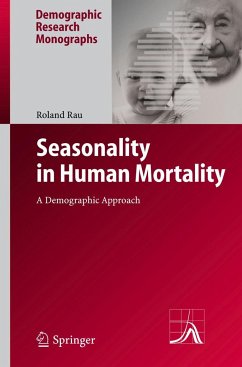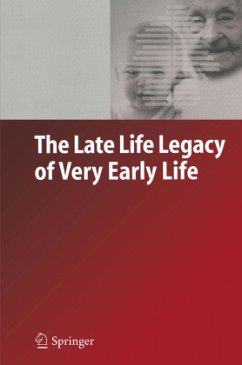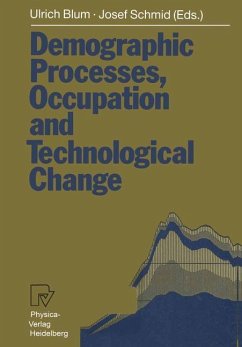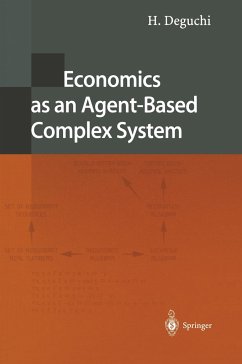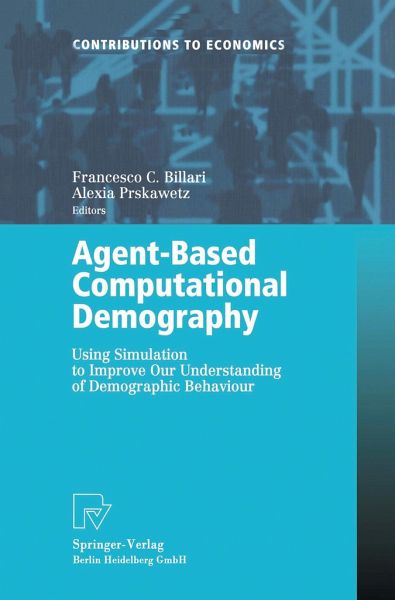
Agent-Based Computational Demography
Using Simulation to Improve Our Understanding of Demographic Behaviour
Herausgegeben: Billari, Francesco C.; Prskawetz, Alexia

PAYBACK Punkte
39 °P sammeln!
Agent-Based Computational Demography (ABCD) aims at starting a new stream of research among social scientists whose interests lie in understanding demographic behaviour. The book takes a micro-demographic (agent-based) perspective and illustrates the potentialities of computer simulation as an aid in theory building. The chapters of the book, written by leading experts either in demography or in agent-based modelling, address several key questions. Why do we need agent-based computational demography? How can ABCD be applied to the study of migrations, family demography, and historical demograp...
Agent-Based Computational Demography (ABCD) aims at starting a new stream of research among social scientists whose interests lie in understanding demographic behaviour. The book takes a micro-demographic (agent-based) perspective and illustrates the potentialities of computer simulation as an aid in theory building. The chapters of the book, written by leading experts either in demography or in agent-based modelling, address several key questions. Why do we need agent-based computational demography? How can ABCD be applied to the study of migrations, family demography, and historical demography? What are the peculiarities of agent-based models as applied to the demography of human populations? ABCD is of interest to all scientists interested in studying demographic behaviour, as well as to computer scientists and modellers who are looking for a promising field of application.





